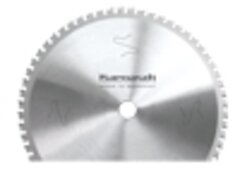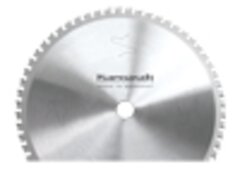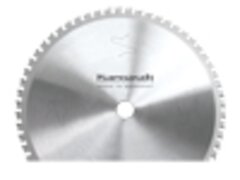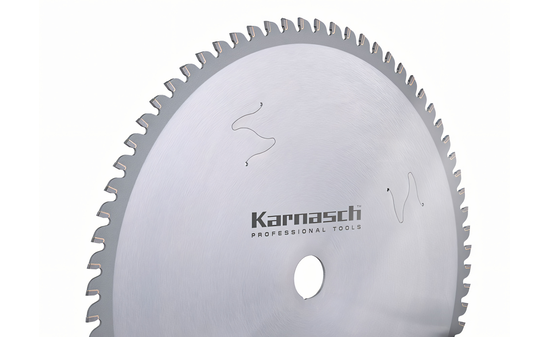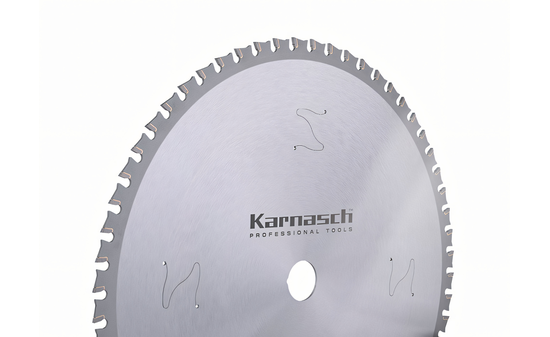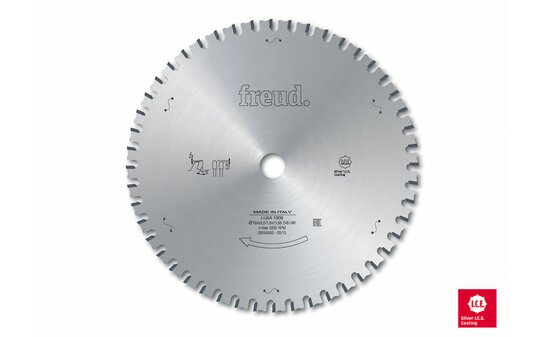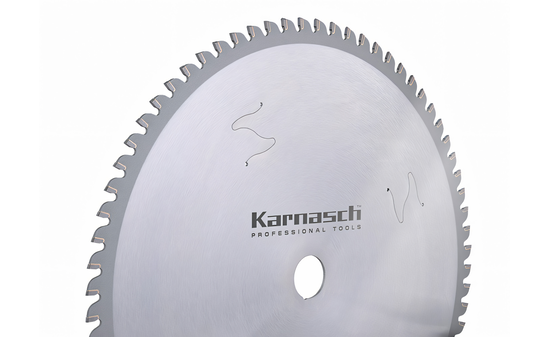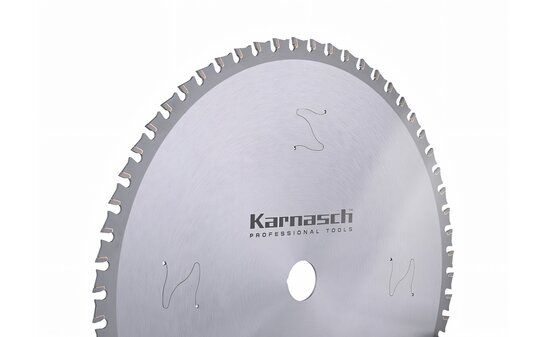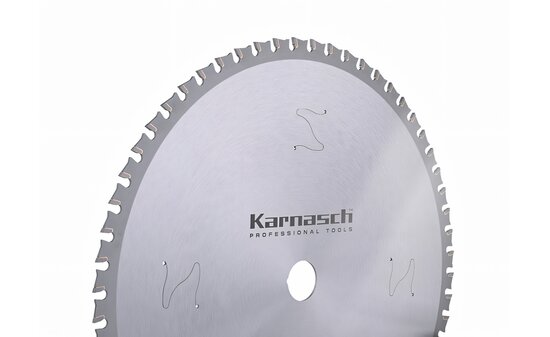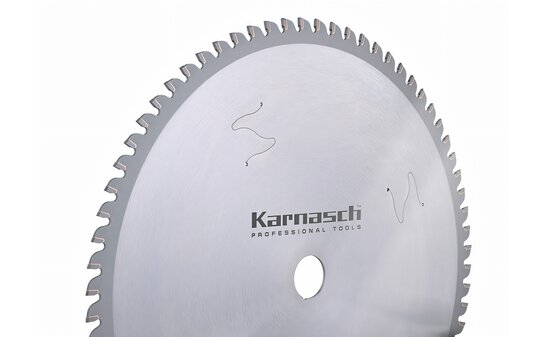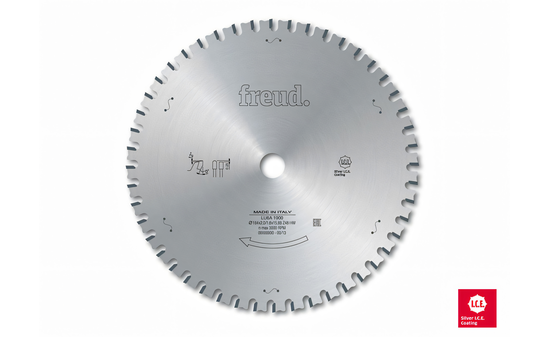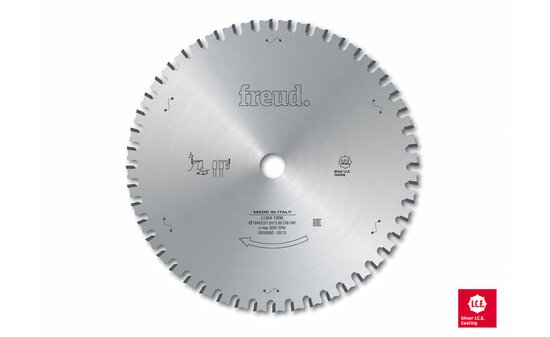- Sawing
- Circular saw blades
- Circular saw blades sorted by application
- For metals & steel
Circular saw blade for metals & steel
Steel cannot be cut with the same circular saw blade as other metals, and it also requires different methods when sawing than other materials. This is due to the particular hardness of the material.
In particular, the circular saw blades for steel in our range are characterised by the following properties:
- Especially hard and high-quality stem body of the saw blade
- Special HM-teeth (perfect grinding, finest grain of the carbide)
- High-quality soldering
Delivery time 1-2 days
EUR 57.49 *
Sawing steel has special requirements.
Steel cannot be cut with the same circular saw blade as other metals, and it also requires different methods when sawing than other materials. This is due to the particular hardness of the material.
In particular, the circular saw blades for steel in our range are characterised by the following properties:
- Especially hard and high-quality stem body of the saw blade
- Special HM-teeth (perfect grinding, finest grain of the carbide)
- High-quality soldering
Common tooth systems for these circular saw blades are WWF (flat tooth with alternating bevel), WZ (alternating tooth) and TFF (trapezoidal alternating tooth). We supply saw blades for steel for all common circular table saws, hand-held circular saws, cross-cut saws, plunge-cut saws and so-called dry-cutter machines from manufacturers such as JEPSON.
Please note that different saw blades are required for sawing building steel and stainless steel. Saw blades for steel can be used to saw iron and other metals, but they are not suitable for wood, wood-based materials, plastics and aluminium.
What needs to be considered when sawing steel?
Normally, steel is sawn using a coolant and lubricant. However, there are machines that can also cut steel dry. But even then, we recommend the use of cutting spray or Mecut wax to increase the service life of the circular saw blades. In any case, the permissible speed is lower than for most other materials, observe the relevant manufacturer's instructions on the saw blade or follow the following rough guide values:
Ø 160 - 200 mm = 3,500 - 3,000 rpm
Ø 210 - 250 mm = 2,800 - 1,900 rpm.
Ø 260 - 305 mm = 1,800 - 1,500 rpm
Ø 350 - 400 mm = 1,500 - 1,000 rpm.
